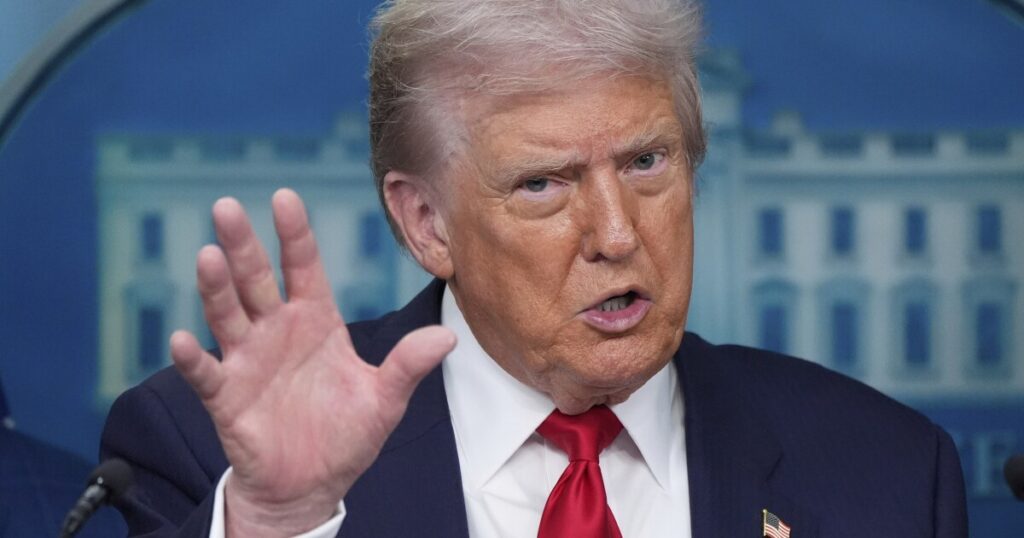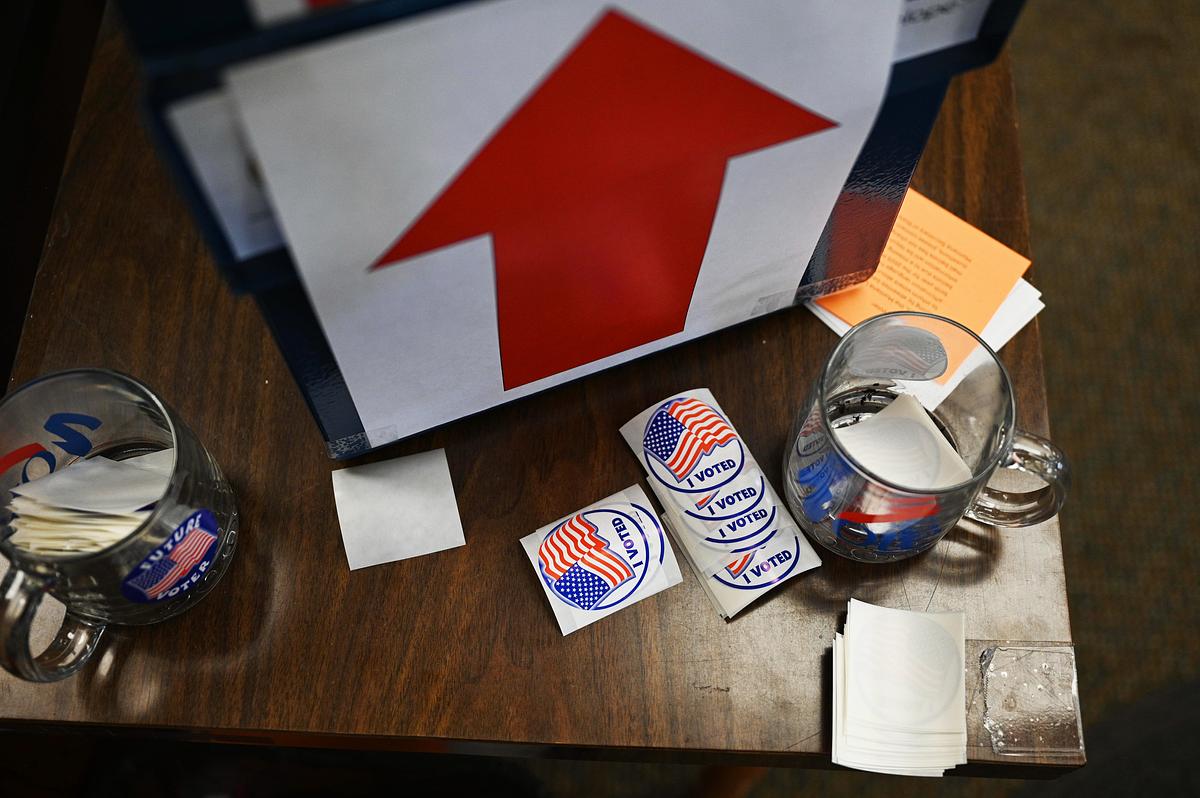U.S.-China Trade Truce Extended, Paving Way for Potential Summit
In a last-minute decision, President Trump has prolonged the tariff truce with China, a strategic move that might lead to a meeting with Chinese President Xi Jinping later this year.
Just before the critical deadline, Trump issued an executive order recognizing China’s substantial progress in addressing U.S. concerns on both economic and national security fronts. Correspondingly, Beijing declared the extension, marking a mutual step to prevent an escalation in tariffs that would have dramatically affected trade between the world’s leading economies.
The continuation of the truce maintains U.S. tariffs on Chinese goods at 30%, while Chinese tariffs on American goods remain at 10%. This extension allows both nations an additional 90 days to resolve ongoing issues, as the U.S. aims to revitalize domestic manufacturing. Simultaneously, the U.S. has secured trade agreements with various countries like South Korea and Japan, even as it threatens increased tariffs on Indian exports due to India’s ongoing purchase of Russian oil. Trump has threatened to raise these tariffs to 50% later in August.
“Today’s news all-round stabilizes the situation, increases confidence for American consumers, for importers of goods who sell those goods in the U.S., and for manufacturers in China,” said David Meale, leading the Eurasia Group’s China Division and formerly a diplomat in Beijing. Meale anticipates that the negotiations will lead to a trade deal potentially spurred by a forthcoming meeting between Presidents Trump and Xi.
Meale suggests that further discussions will involve trade and economic officials, similar to previous meetings in Stockholm, setting the stage for a summit and a more definitive trade agreement before the truce ends on November 10.
Soon after taking office, President Trump reignited a trade conflict with China, increasing tariffs which were met with Chinese retaliatory tariffs and export restrictions on crucial minerals. The tariff rates reached highs of 145% on U.S. imports from China and 125% on Chinese imports from the U.S. Earlier in May, a temporary resolution was reached in Geneva, scaling back tariffs and easing trade barriers, although both countries later accused each other of not adhering to the agreement.
Last month’s discussions in Stockholm ended without a deal, but U.S. Treasury Secretary Scott Bessent expressed optimism, stating that the two nations had “the makings of a deal” with some technicalities pending resolution. He noted that President Trump would make the final call on any agreement.
The negotiations have been intricate, focusing on issues from U.S. concerns over Chinese overproduction and Russian oil purchases to China’s grievances about restricted semiconductor exports needed for AI systems. David Meale emphasized that the U.S. aims to reduce its trade deficit with China, diversify supply chains, and ensure a steady flow of rare earth minerals from China. He foresees significant tariffs remaining on Chinese goods entering the U.S.
Conversely, China seeks stability in its U.S. relations amid a slowing economy, aiming for a predictable business climate and sustained access to American technologies, including advanced semiconductors and jet engines.
Nicholas Lardy from the Peterson Institute for International Economics speculates that a final trade deal might involve eased technology restrictions and possibly, though less likely, Chinese investment in U.S. manufacturing. He notes that even with progress, Trump’s approach could see a significant reduction in bilateral trade.
Despite the truce’s relief, U.S.-China trade has noticeably declined throughout the year, with China’s recent export data showing a continuous year-over-year drop, and its imports from the U.S. decreasing by 10.3% from January through July.
—
Read More Michigan News










